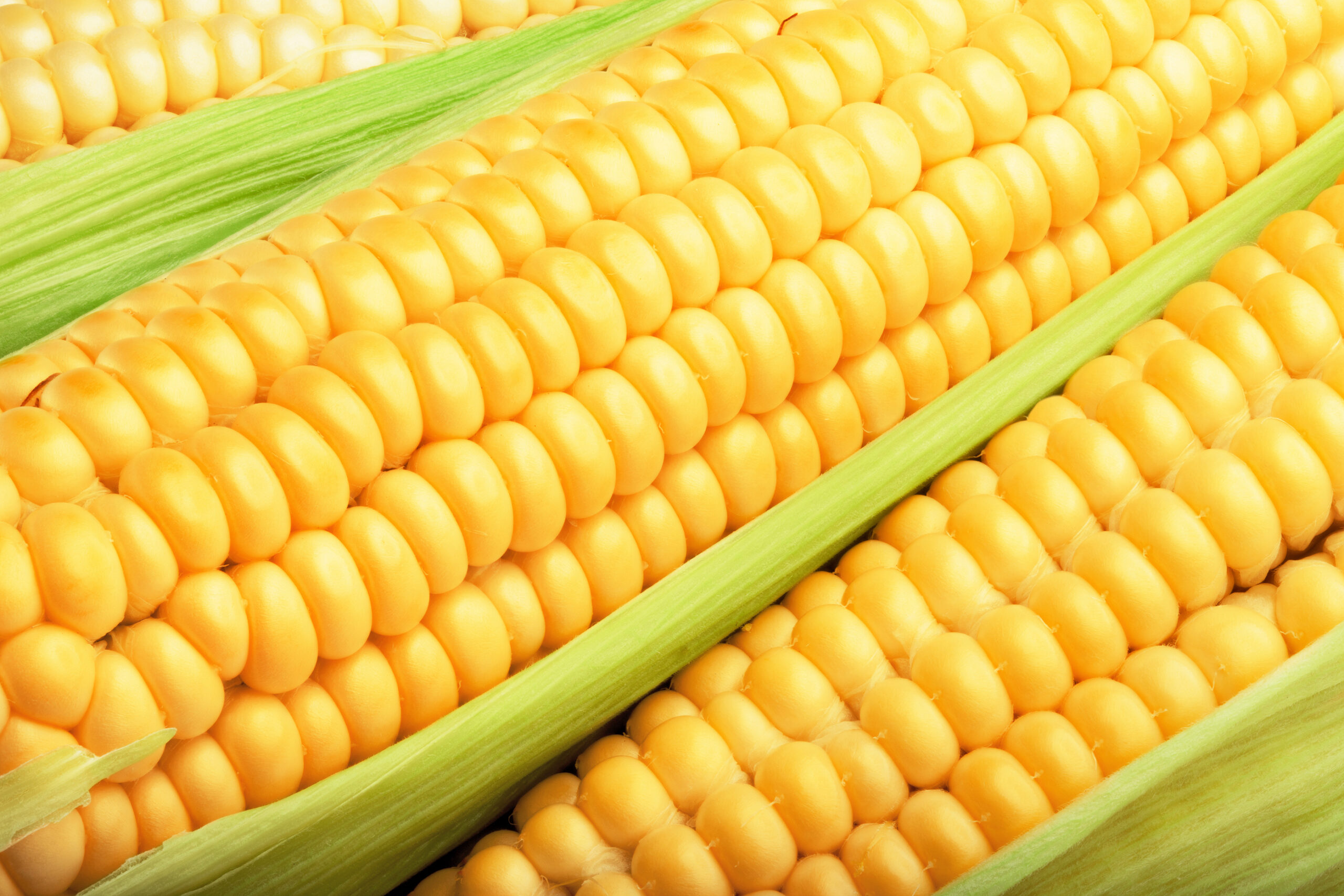Rain returns in early October to Argentina and Brazil, raising concerns for corn

One week before the second electoral round, Argentina froze deposits in dollars and raised the interest rate by more than 13% last week. The impact of the Argentine election will be important for the commodities market due to the natural pressure that will be imposed from March onward with the harvest of the 2023 crop and the need for a strong trade balance. Argentina will be an agent of price decline in 2023, unlike the last three years. The rains began to arrive in much of the country, mainly Buenos Aires, the main corn-growing province. At the same time, the excellent pace of Brazilian exports and now the exchange rate are positive information for the emptying of Brazilian surpluses at the end of the business year.
Last week even presented some price support on the CBOT due to the supposed delay in planting early corn in northern Argentina. This reflects that funds and banks are eager for bullish information amid an almost record harvest in the United States. It has been a long time since CBOT prices were not supported due to an initial delay in the planting of the Argentine corn crop. Not even the great crop failure of 2023 was able to prevent the fall in prices in the international market.
In fact, over this El Nino year rains have been delayed in part of the country. But we noticed that in a large part of the Nucleus region, mainly Buenos Aires, the rains were quite beneficial for growing regions. Some of these crops in the north of the country, which plant corn earlier, cope with delayed planting due to the delayed rain. However, if Argentina’s corn output does not reach 55/56 mln tons and stays at 52/53 mln, there will not be much difference to the global and local picture.
The key point is Argentina’s economic attitude for next year, whatever that may be. The need to reestablish ties with international investors and follow a more orthodox line for the economy leads to decisions that influence the exchange rate and the need to achieve results in the trade balance through great exports. With crops benefiting from El Nino, this sales pressure to be exerted by Argentina from March onward will have paramount importance for international prices, particularly of corn, soymeal and soyoil.
While Argentina is trying to correct its internal problems, Brazil also has different climate situations. The South with excessive rainfall, mainly Santa Catarina. Slower planting, but without any trend for projections of production losses due to rain. For now, the rains are more beneficial than harmful for corn. There are indeed inevitable losses in wheat quality and already a strong destination for exports of wheat with a lower PH. Export prices of BRL 60 at the port of Rio Grande still do not allow large volumes to compete for feedstuff in the interior. In any case, corn crops are doing very well, and we will possibly have high levels of productivity this year, with harvests in the Missões region already in January.
The rains have now arrived in good volume in the Southeast and started to boost planting in a large part of Minas Gerais and São Paulo. Goiás, with more rain, has plantings in some pivots, and its areas further to the midwest should only be cultivated in November. The rains in the midwest are still irregular and are not guaranteeing a comfortable soybean planting rhythm, which is essential for the planting window of the 2024 second corn crop.
With no serious risks to the summer crop, the market seeks to focus attention on the flow of exports and prices at ports, with the CBOT getting support above USD 4.70/bushel and the dollar having support above BRL 5.05. The highlight, as we have already assessed in our latest issues, has been shipments to China and, within the flow, is the great movement at the port of Santos. A strong concentration of shipments in Santos has supported premiums in this port and placed prices well above those of others in the country. While Paranaguá was trading at BRL 62.50 last week, Santos was at BRL 65/66, as trading companies need to meet their shipments in this port.
October now has 10 mln tons in the shipping queue, out of which 2.6 mln have already been shipped. Owing to the rain, it is likely that this new monthly record will not be reached. However, November has more discreet appointments for 2.5 mln tons and should absorb part of October’s shipments. The thing now is that Brazilian corn has started to be more “expensive” than US corn, and demand converges toward the USA. The decline in premiums in the Gulf of Mexico as the harvest advances is already an initial symptom of this process.
Read also
Wheat in Southern Brazil Impacted by Dry Weather and Frosts
Oilseed Industry. Leaders and Strategies in the Times of a Great Change
Black Sea & Danube Region: Oilseed and Vegoil Markets Within Ongoing Transfor...
Serbia. The drought will cause extremely high losses for farmers this year
2023/24 Safrinha Corn in Brazil 91% Harvested
Write to us
Our manager will contact you soon



